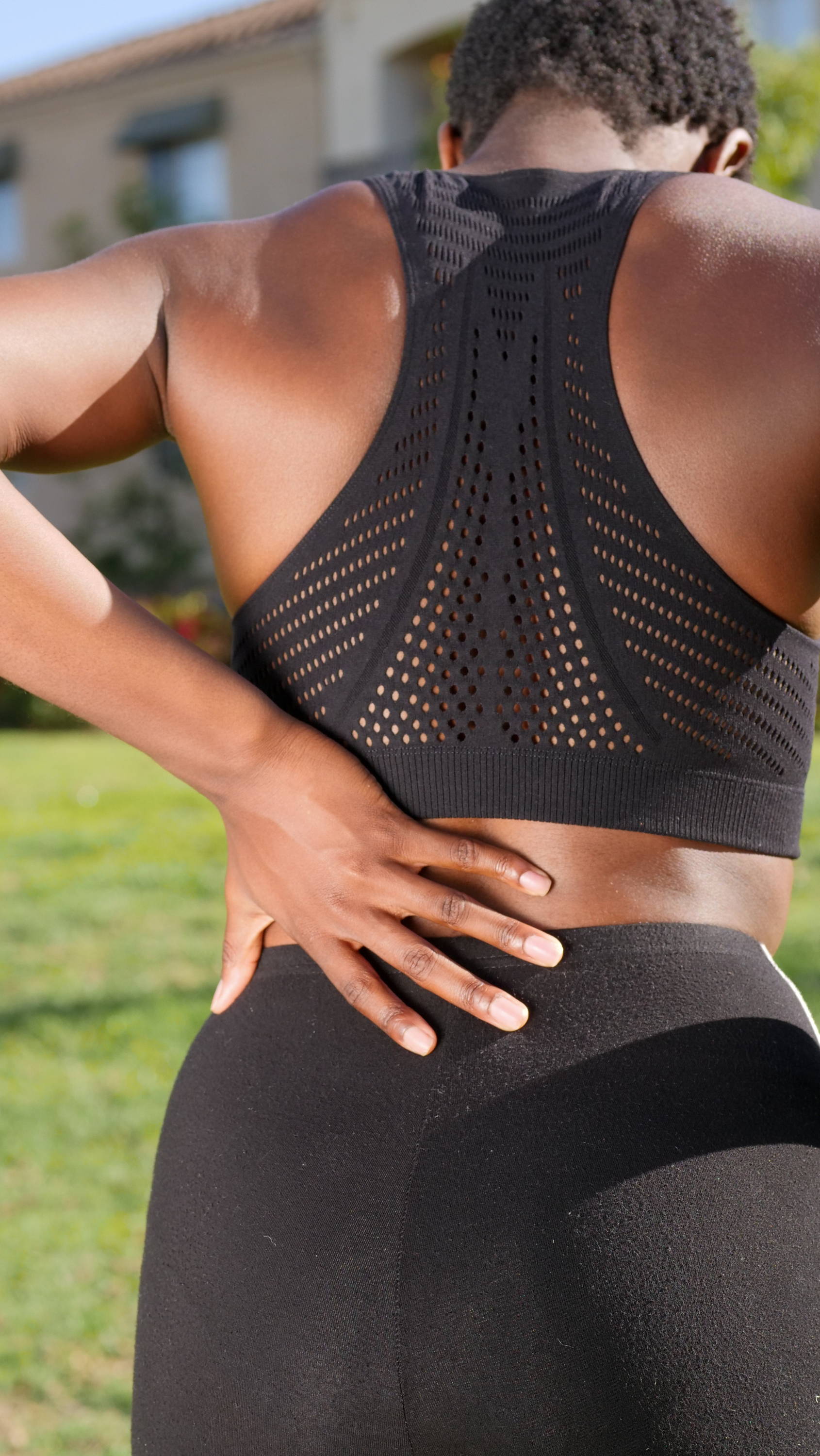Preventing Sports Injuries: The Power of Red Light Therapy

Introduction:
Sports and physical activity participation carry a risk of injury by nature. Athletes and fitness lovers are continuously looking for ways to improve performance and lower the risk of injuries, from sprains and strains to more serious conditions. Red light therapy is a treatment that has shown a lot of promise in reducing the incidence of sports-related injuries. In this article, we'll look at the unique ways that red light treatment might help athletes exceed their limits and succeed in their chosen sports by preventing injuries.
Enhanced Tissue Healing and Recovery:
Red light treatment is a useful technique for preventing injuries since it improves tissue repair and speeds up the healing process. This therapy aids in the healing of injured tissues, the reduction of inflammation, and the acceleration of the recovery process following minor injuries or overuse by enhancing blood circulation and supplying oxygen and nutrients to the affected areas.
Reduced Muscle Fatigue and Soreness:
Athletes may be more prone to injuries when they are experiencing muscle exhaustion and post-workout discomfort from intense physical activity. Red light treatment has been proven to be an excellent way to lessen muscular soreness, allowing athletes to train harder for longer. Additionally, it facilitates speedier recovery and lowers the risk of overuse injuries by reducing post-exercise muscle pain.
Improved Joint Health and Flexibility:
For the purpose of avoiding sports-related injuries, especially those requiring quick movements or collisions, it is essential to maintain the best possible joint health and flexibility. Red light treatment has shown promise in lowering joint discomfort, stiffness, and inflammation while increasing joint flexibility and mobility. Athletes can reduce their risk of strains, sprains, and other joint-related injuries by improving joint health.
Strengthening Ligaments and Tendons:
The stability and support the body receives from its ligaments and tendons during physical activity is crucial. Collagen synthesis is discovered to be stimulated by red light therapy, strengthening these connective tissues. This improved structural integrity aids in reducing the likelihood of ligament and tendon sprains and tears, which are frequent in sports involving abrupt changes in direction or repetitive motion.
Optimized Athletic Performance:
Athletes are less prone to sustain injuries from fatigued or suboptimal movements while they are at the top of their game. Red light treatment has been demonstrated to improve oxygen uptake in the muscles and increase energy synthesis at the cellular level, both of which improve athletic performance. Athletes can retain superior form and technique while increasing performance, lowering their chance of injury from faulty biomechanics.
Conclusion:
Red light treatment can greatly reduce the risk of sports-related injuries by being incorporated into an athlete's training and recovery routine. Red light treatment enables athletes to exceed their limits while decreasing the risk of injury by accelerating tissue repair, lowering muscle fatigue, promoting joint health and flexibility, strengthening ligaments and tendons, and optimizing sports performance. Accept the power of light, be proactive in avoiding injuries, and let your actual athletic potential show.
If you want to learn more about red light, or add a device to help prevent sport injuries, then check out our ATaPa devices now!


